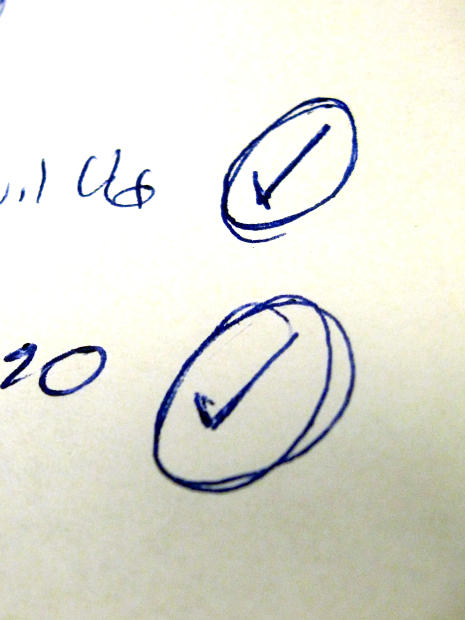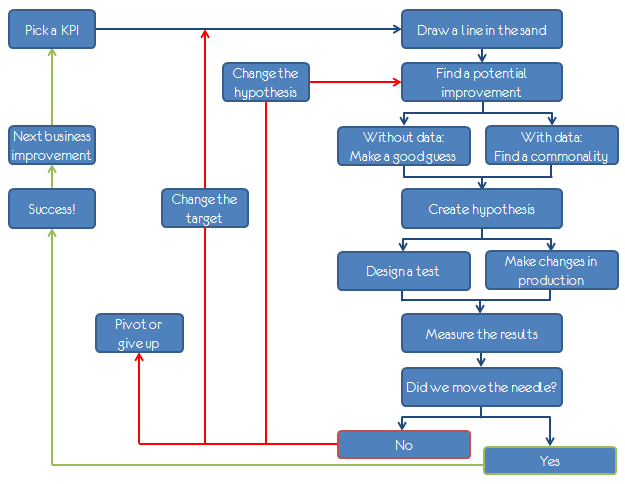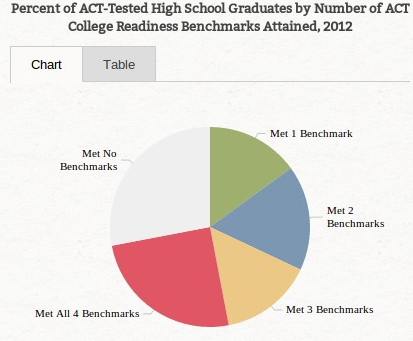Today I want to talk about HR competition. And cooperation. It’s something that I stop to consider every so often, and I am curious if I’m the only one who really thinks about it. Here’s my thought process in a nutshell:
We as HR professionals are very collaborative. We’re cooperative. But we’re also competitive. Whether we want to admit it or not, the companies we work for are often competing for the same customers and the same dollars. In the short video below I look at the collaboration vs competition mindset we hold as HR professionals.
Subscribers click here to view the video.
While I think there’s plenty of competition to go around, I also know that there’s a collaborative aspect that we all can leverage as well. This comment by Brad Lomenick says it very well.
Question: How do you become Collaborative without Competitive?
Answer: Collaboration has to flow from a place of generosity, truly believing that a higher tide lifts all boats. Be more concerned with others. Listen instead of talk. Be interested over interesting. To be collaborative we must understand that it's not about me. It's not about your organization, your non profit, or your project. It's about connecting people, not competing. Collaborators are okay sharing their wisdom, their knowledge, their connections, and their networks, because collaboration means working together alongside others. Co-laboring. Building bridges instead of constructing walls… When you have an abundance mindset you are more likely to collaborate instead of compete. Avoid the scarcity mentality – the idea that there is only so much to go around.
I know some amazing HR pros who embody the cooperative spirit. Who do you know that fits that mold? Do you have a more collaborative or competitive mindset? Why?
 But it’s rare to think about that in the context of employees. Yeah, you might be “strategic” and “aligned” with your organization, but how much faith does the average employee have in you? How do they perceive you?
But it’s rare to think about that in the context of employees. Yeah, you might be “strategic” and “aligned” with your organization, but how much faith does the average employee have in you? How do they perceive you?
 While we’re talking career readiness skills, a
While we’re talking career readiness skills, a  It wasn’t fun. It wasn’t exciting. But it got accomplished. Here’s what I learned about how to lay off employees from that experience.
It wasn’t fun. It wasn’t exciting. But it got accomplished. Here’s what I learned about how to lay off employees from that experience.